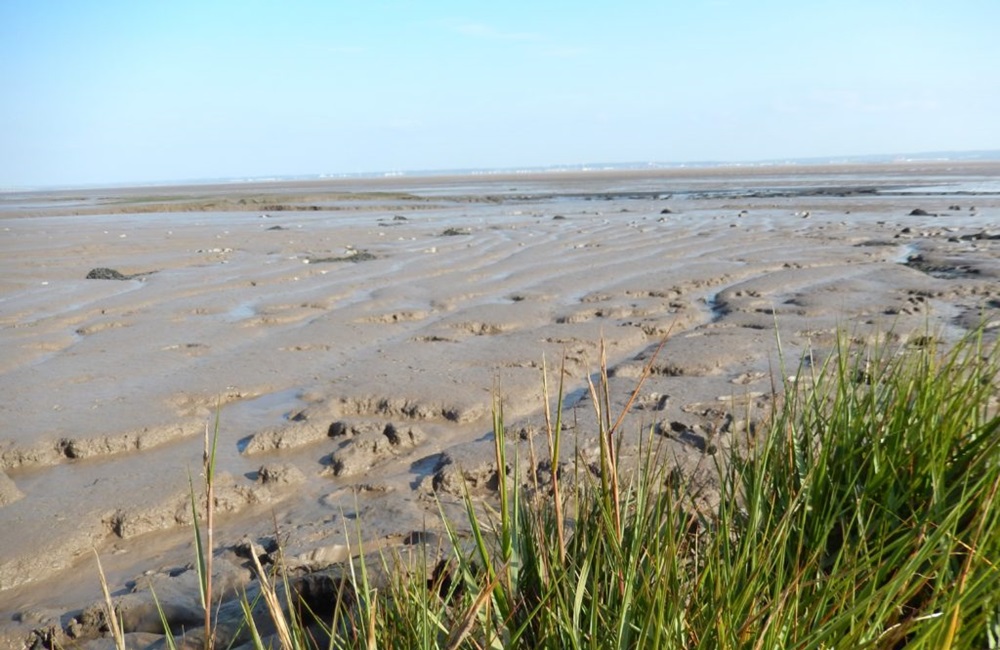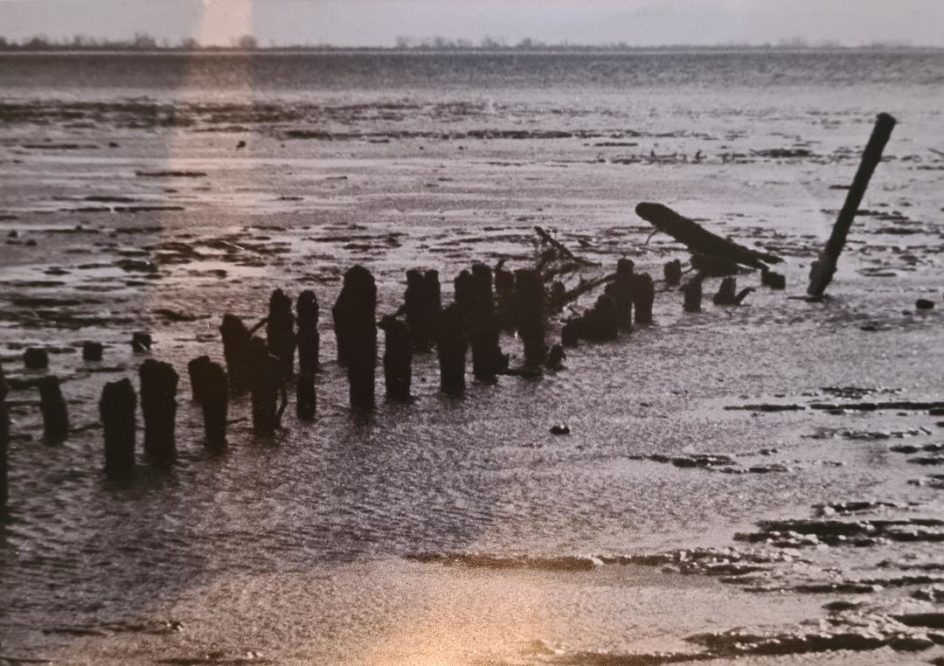Mud, Mud, Glorious Mud!

Dr Malcolm Smith
The old Flanders and Swann song about the hippopotamus was spot on. But it isn’t just hippos which should value mud so highly. We all should value it if we want to address climate warming.
While everyone rightly considers trees as important absorbers of carbon dioxide, we seem to forget about the contribution that other habitats can make.
Marine muds and silts store vast amounts of the gas which, let loose in our atmosphere, is the main cause of climate warming. And, unless we forget, we in Wales are surrounded on three sides by the sea. Include in that the two huge gashes into our landmass made by the Dee Estuary in the northeast and the Severn Estuary in the south east – both having vast quantities of marine mud – and you could readily claim that we are a maritime nation with a small land border.
Coastal waters
We have very much more mud than the Dee and the Severn provide. Sandy and muddy sediments prevail under much of our coastal waters. And recent research shows that an incredible 244 million tonnes of carbon are stored in just the top 10 centimetres of seabed habitat in the UK, almost all of it in sediments like mud and silt.
The study, called the Blue Carbon Mapping Project, carried out by the Scottish Association for Marine Science, estimates that mud and silt in the UK’s shallow coastal waters could absorb over 13 million tonnes of carbon every year. That’s nearly three times more than the UK’s forests can absorb. And Welsh mud and silt must be a sizeable contributor.
While trees are excellent carbon absorbers when they are young and actively growing, they absorb far less once they are mature. So Welsh Government’s eagerness to get more trees planted Wales-wide is a sensible policy in spite of our farmers, who own most of our land, being anything but favourable.

Wales has nearly 70% of our inshore coastal waters designated for some level of protection. There are Special Protection Areas, Special Areas of Conservation, one Marine Conservation Zone, numerous Sites of Special Scientific Interest and three Ramsar Wetland Sites.
Many places have multiple designations. It’s all a very confusing picture. It stems from various pieces of legislation put into practice at different times for many reasons. But – and I’m sure that Natural Resources Wales will correct me if I’m wrong – none of it is designated for the massive carbon storage capacity its muds and silts possess.
Trapped carbon
That’s important because physical disturbance of the seabed releases trapped carbon. And our seabed gets quite a lot of disturbance: construction of foundations for wind turbines; dredging to harvest sand for creating or extending bathing beaches; and bottom trawling, a fishing method dragging large, weighted nets along the seafloor to catch fish and other edible marine animals such as shrimp.
It’s the equivalent of surface ploughing a field and it kills a lot of marine animals and plants not required for consumption as well as releasing the carbon we need to keep tucked away.
So it’s essential to protect our seas much more thoroughly than we do currently. Designating huge areas for protection as we have in Wales is a great first step. But more needs doing, and urgently. In my view, bottom trawling should be banned and more sensitive and sustainable fishing methods adopted as an alternative.
Welsh Government has debated and considered bottom trawling and related issues of seabed damage, though not since 2019. Covid stalled the debate then. Now it needs resurrecting, not solely to give meaningful protection to the huge richness of marine wildlife we have in Wales but to ensure that our seabed muds store as much carbon as possible by removing it from the atmosphere.
We need to be clear: mud, mud really is glorious.
Dr Malcolm Smith is a former Chief Scientist at the Countryside Council for Wales and has been a Board Member of The Environment Agency representing Welsh interests
Support our Nation today
For the price of a cup of coffee a month you can help us create an independent, not-for-profit, national news service for the people of Wales, by the people of Wales.





I wonder if the subtropical varieties of mangroves would be able to survive on the coast of Cornwall?
The Cornish grow some nice Camellia Sinensis – Tea!
Great to have Flanders and Swann being mentioned 🙂